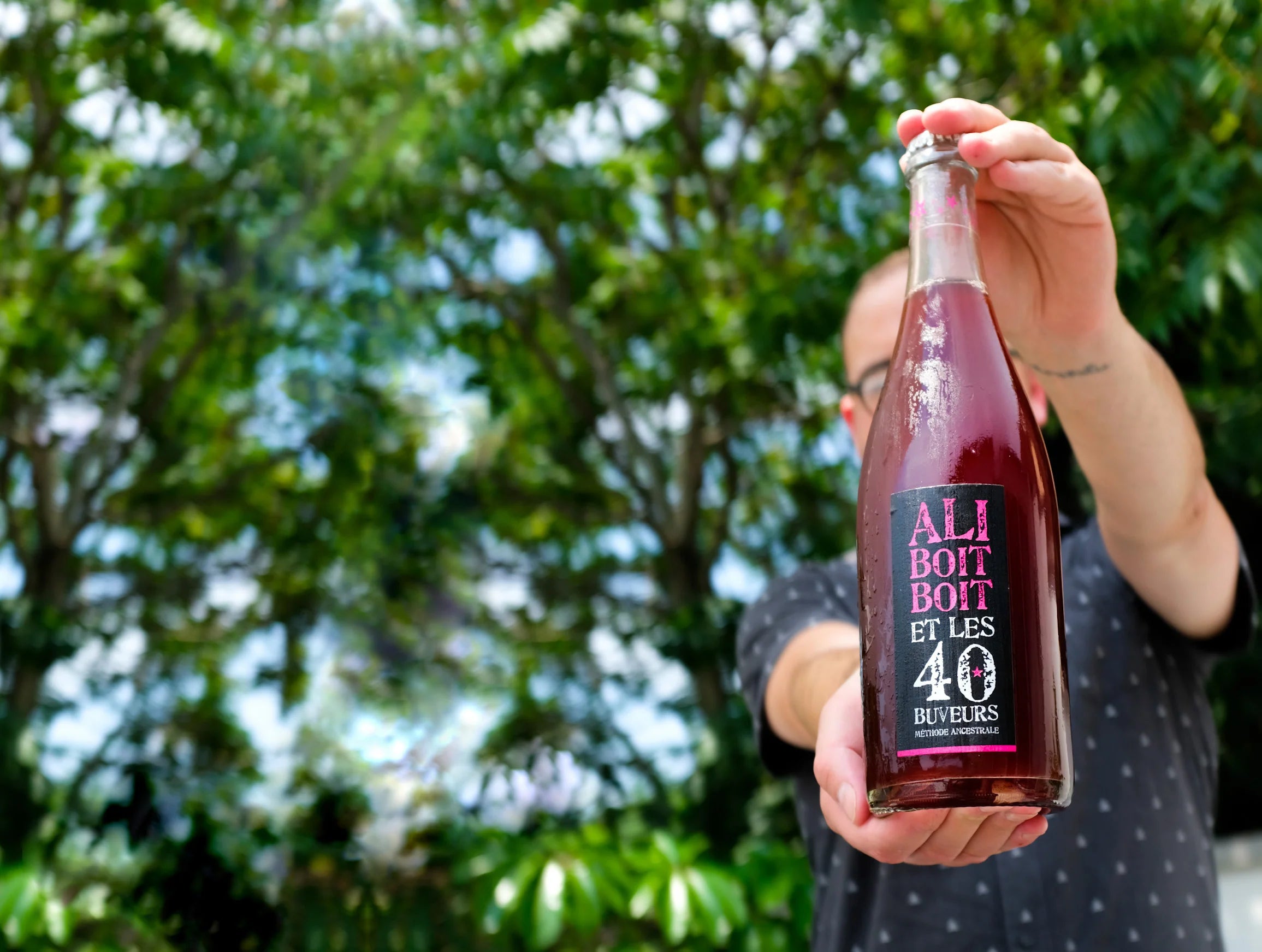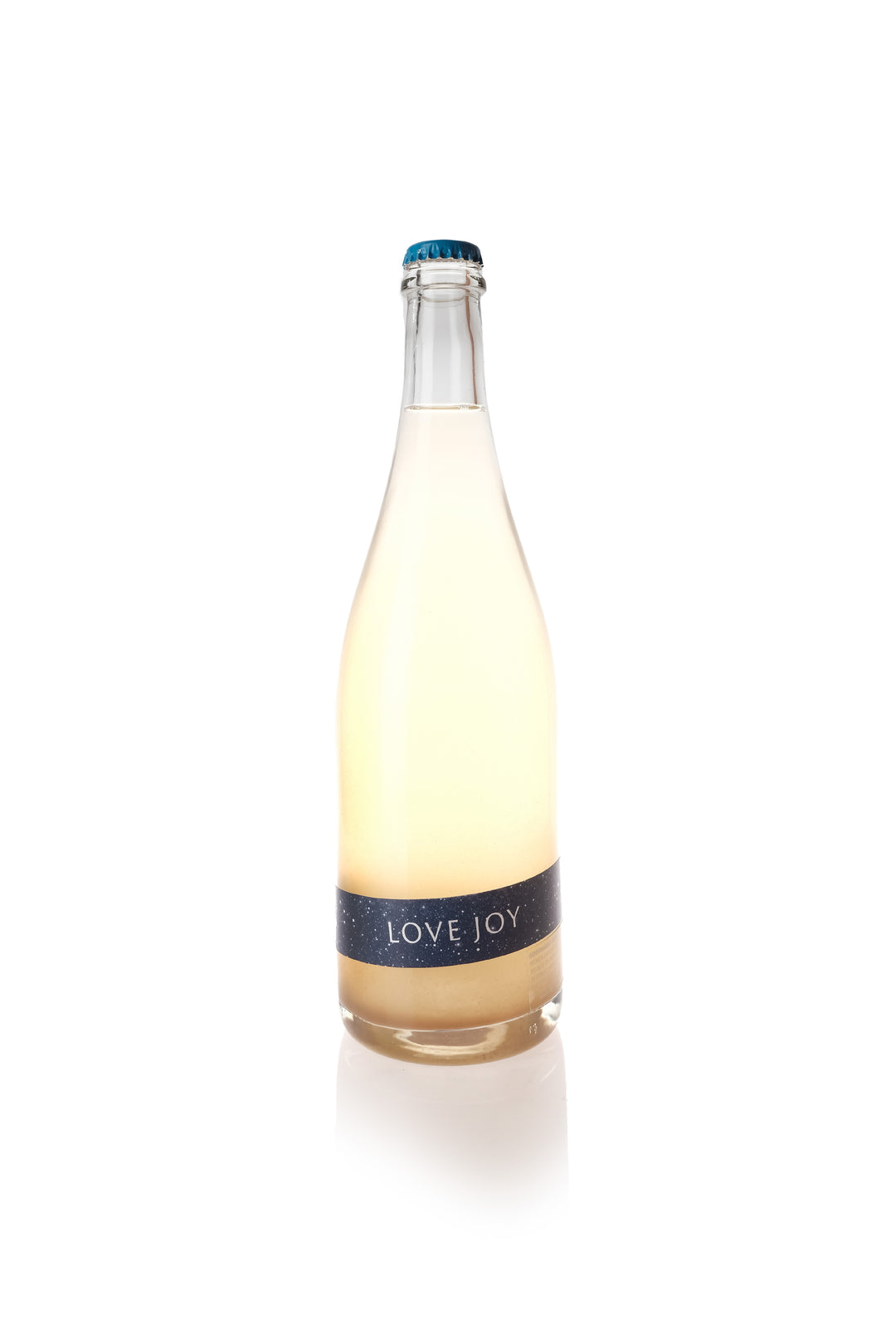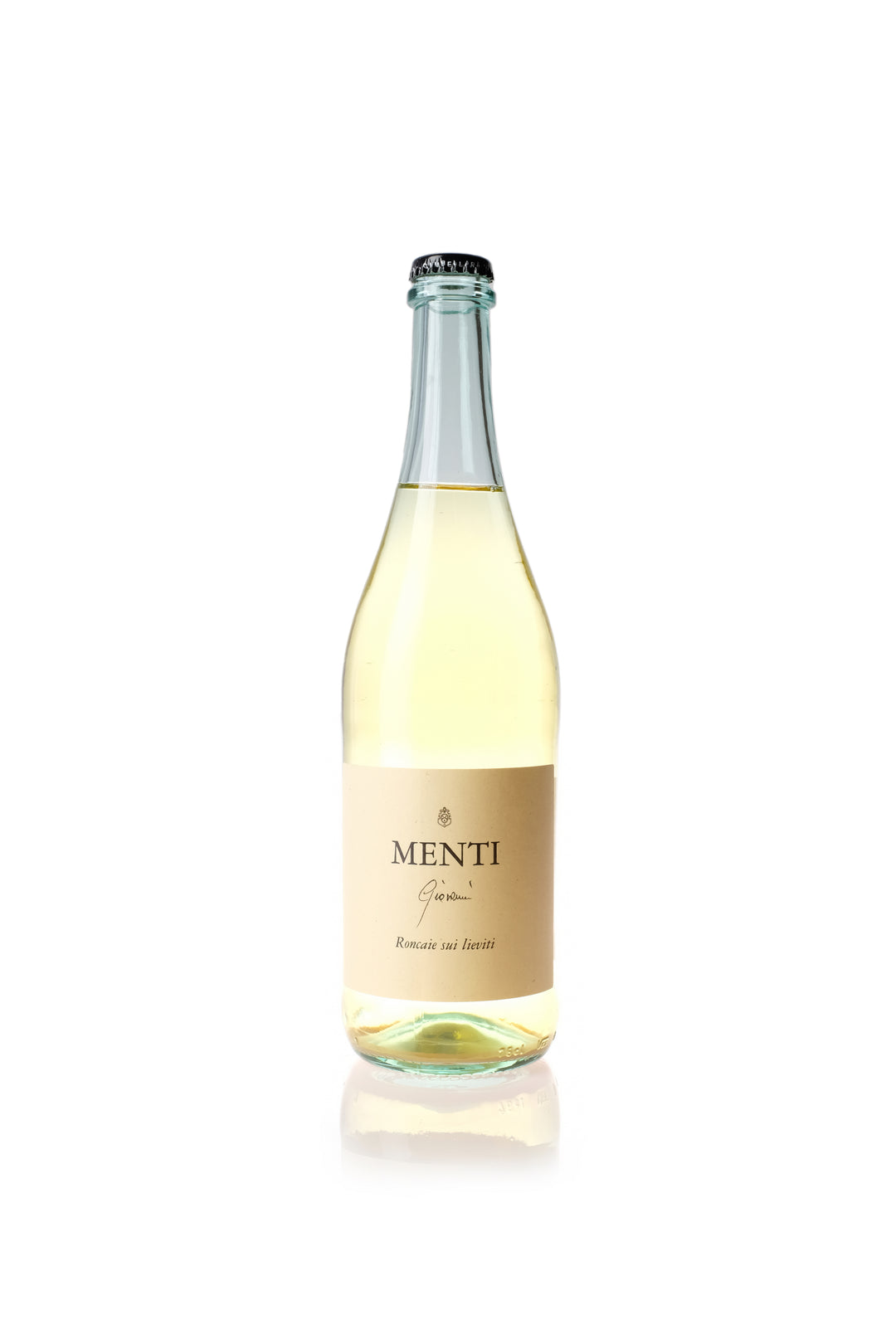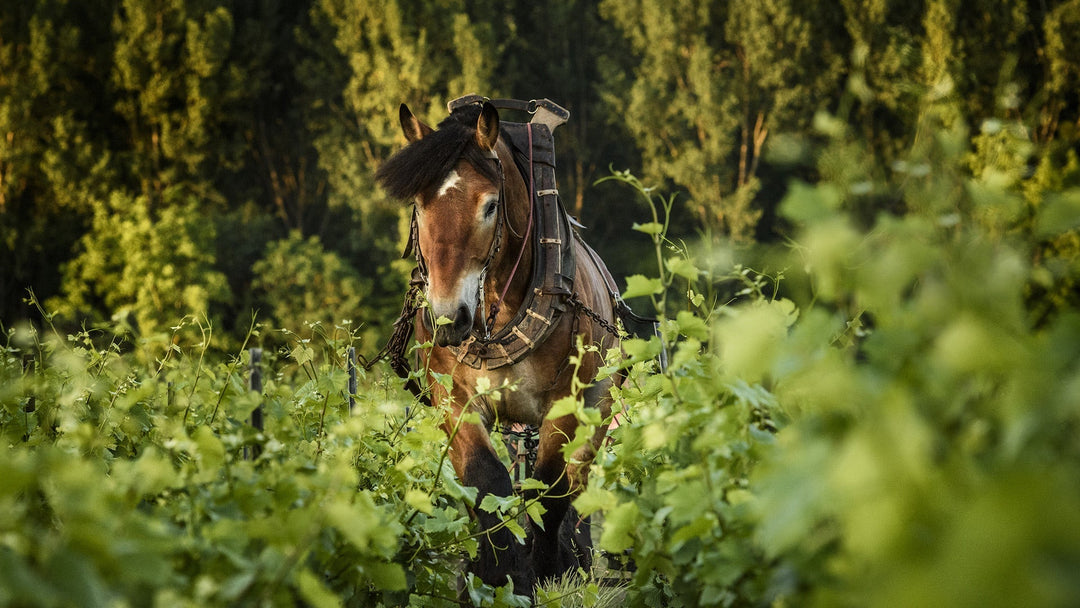PÉT-NAT - Pleasure or Science?
Sparkling wine is an international beverage. It’s undoubtedly legendary, often delicious, and readily available. You likely know the classics—Champagne, Prosecco, Crémant, Asti, Cava.. not unlike the Rolling Stones, Beatles, and Michael Jackson..
And then, there was Pét-Nat—its own “unicorn” category, a broad one at that. The beloved nickname comes from “petillant naturel,” literally translating to natural sparkling. Methode ancestrale is its other common name. Confusing? A little. Pét-nat is seemingly new as wine trends go. In reality, it’s the oldest form of sparkling wine—yes, even older than Champagne. We’re here to hopefully clear some things up, and that involves defining pet-nat’s mystique.
Let’s begin with a brief history.
There are legends with historical ties to similar areas—southern France in the 15th or 16th century. One legend suggests a Gaulish shepherd stored a jug of wine in the Drome River to keep it cool and forgot the jug; upon retrieving it the following spring when warmer, he noticed it had begun fermenting again with a distinguishable fizz. Pét-nat was born. The Champagne method was introduced later during the early 18th century.
Diving in Further
There is no legal classification for pét-nats, almost anything goes. It can be made dry or off-dry, with any grape variety, and from any country. Disgorgement—the removal of sediment—and filtration, are optional; the possibilities endless! The common denominator here is pét-nats are bottled before fermentation has stopped. Remaining unfermented sugars become trapped and convert to carbon dioxide by way of yeast. Does it sound nerdy? It is!
Science or Pleasure?
Pét-nats are such an offbeat style from their classic Champagne method counterparts. Bottling dictates that it be unfiltered with ongoing fermentation, a style that stands apart. It’s not uncommon for pét-nats to have an intensely funky factor. Flavors can take form in tart fruit, unfiltered beer, cheese rind, sea spray, egg white, nuts, the list goes on. We recently tasted the Stolpman Trousseau Pét-Nat and were intrigued by its aromatics of meringue and sesame seed. These results come from grape variety and typically, the ongoing fermentation. Appearance of the juice alone can draw you in, depending of course on style, or variety. Agnès Paquet’s “Ali Boit Boit” Rose is blended with Gamay and Pinot Noir, giving off an intense fluorescent glow of magenta.
Upon our presentation of the appearance and aromatics of pét-nat, we leave it to your devices if you think it’s science, pleasure, or both. Without a doubt, pét-nats hold their own as a sustainable puzzle piece in the winemaking world. In perspective of winemaking, many small producers begin with a pét-nat because there’s little investment for expensive equipment, but rather, a scientific approach to detail. For you to enjoy them though, no work is necessary on your end, except to pop off that Stelvin closure.
Give these sparklers a chance—you might not just enjoy them, but be provoked to think about the science and history behind the bubbles in your glass.








